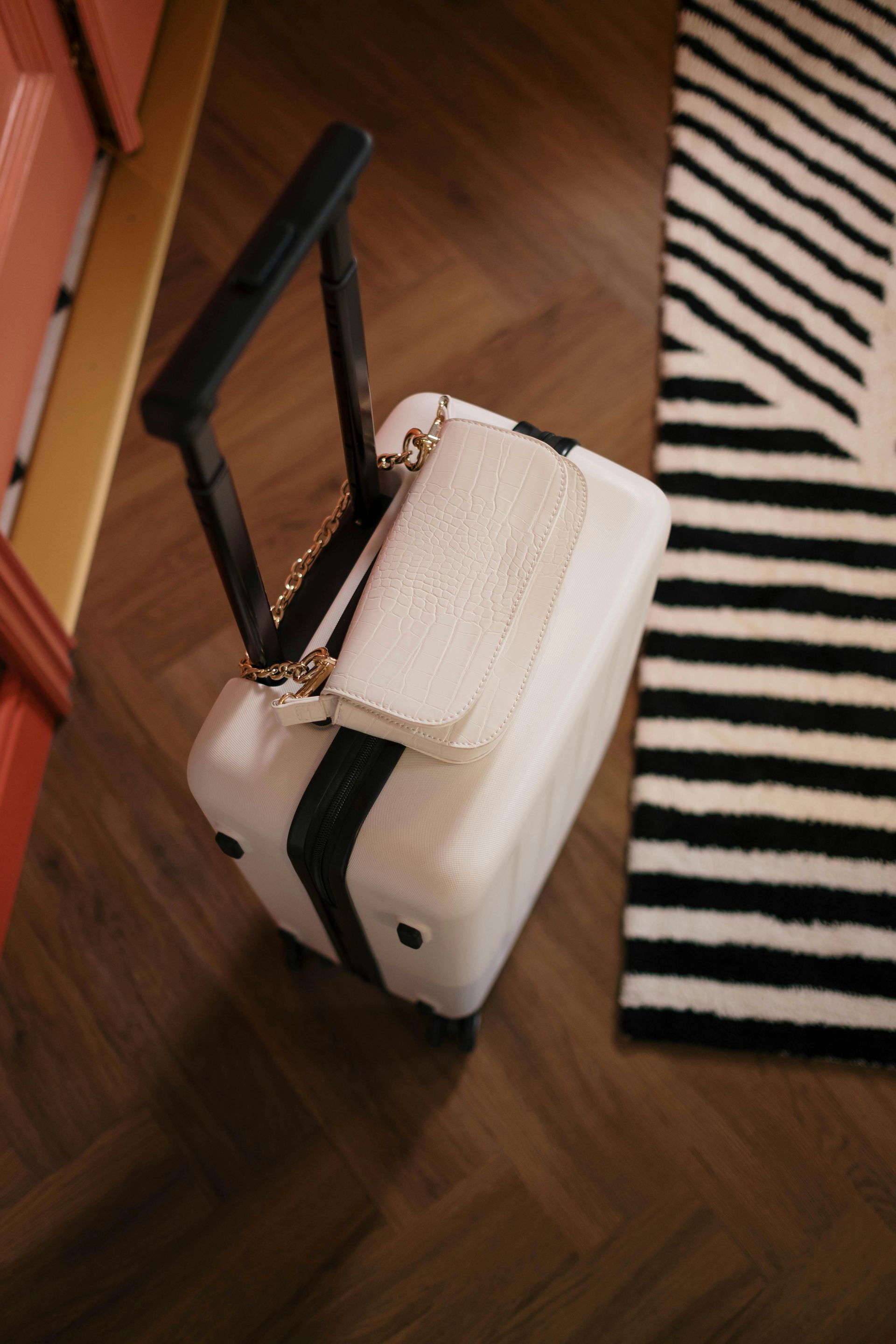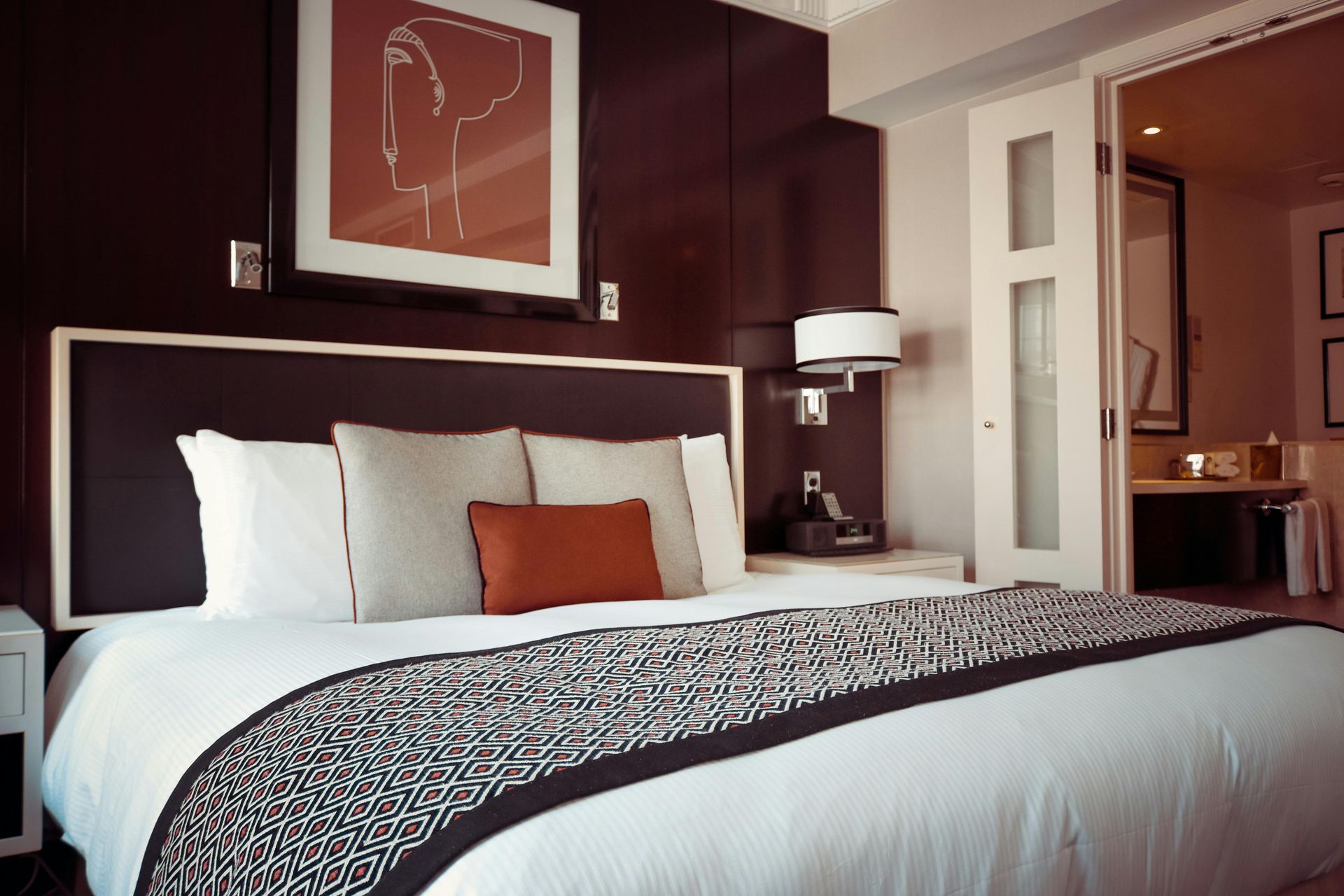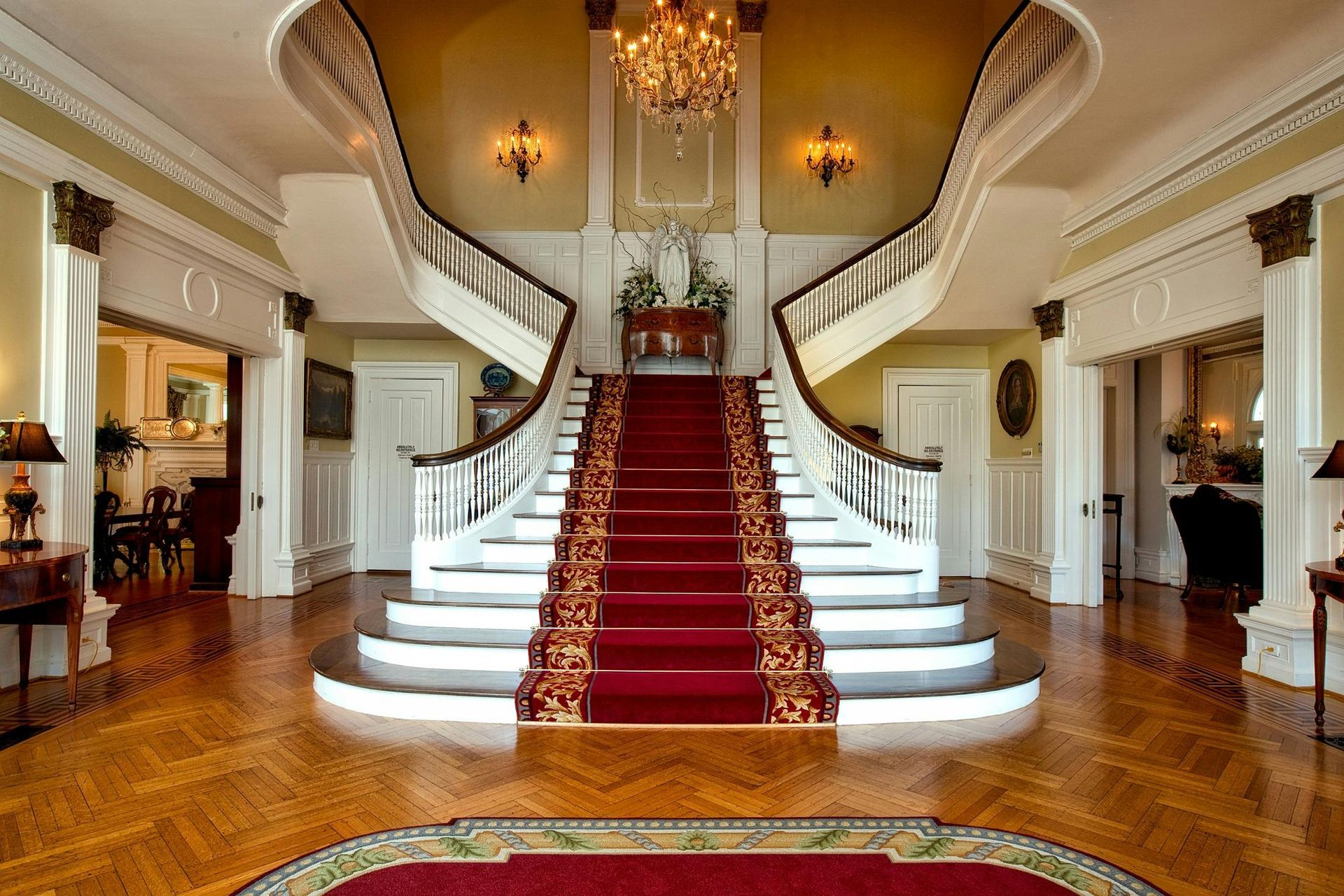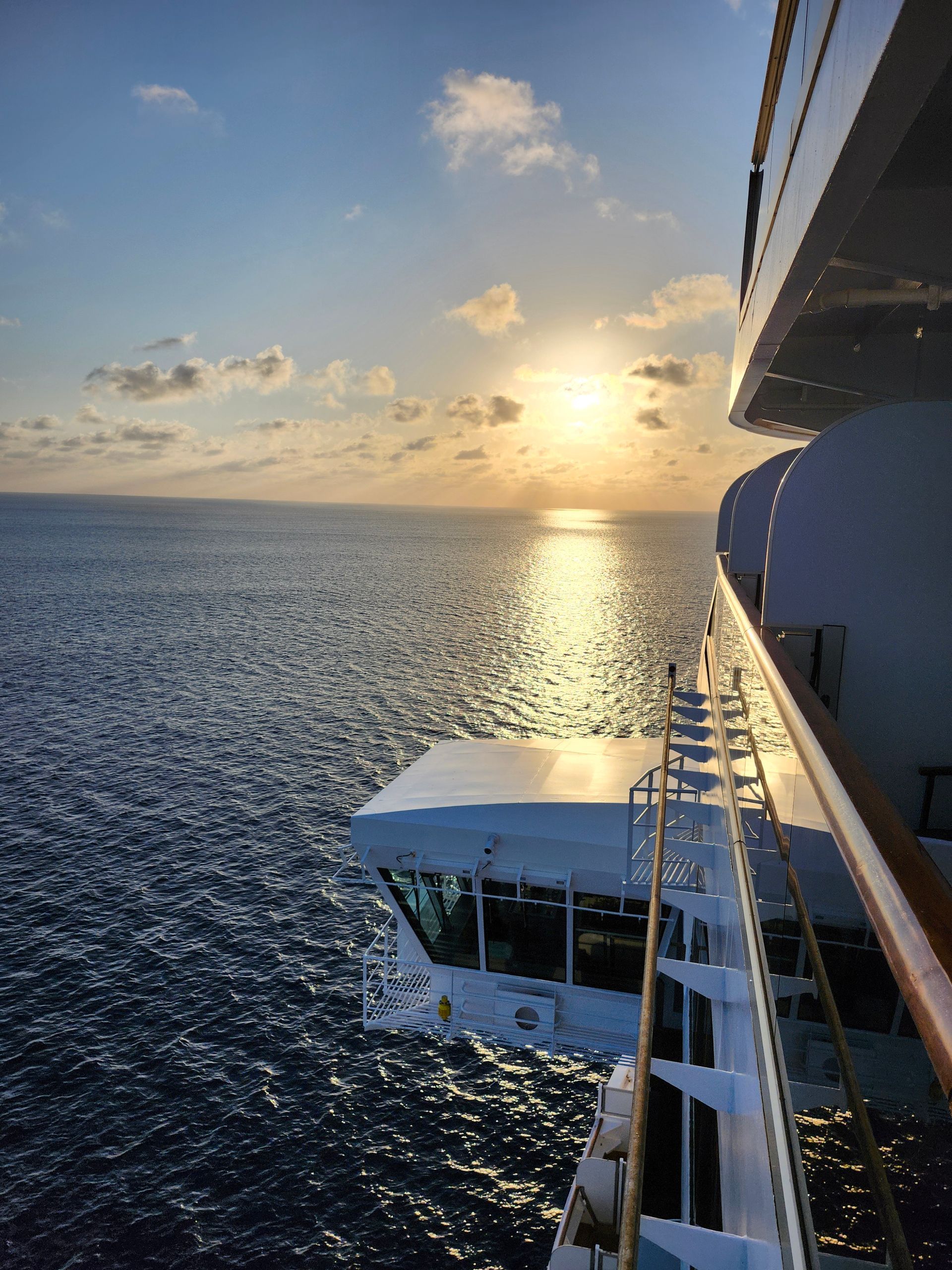Why Your European Hotel Room Isn’t What You Expected — And Why That’s a Good Thing
Welcome, Europe Traveler!
One of the great joys of traveling in Europe is discovering the subtle—and not-so-subtle—differences from life back home. Hotel star ratings are a prime example. While U.S. travelers may associate stars with subjective quality assessments, in Europe, a 4- or 5-star designation typically reflects a specific checklist of objective criteria.
1. Varying Definitions of Luxury
Luxury in the U.S. often centers around abundance: oversized rooms, multiple restaurants, and a “whatever, whenever” service philosophy. In Europe, however, luxury may instead highlight historical charm, boutique character, and a deep connection to local culture—even if that means forgoing certain American-style amenities.
2. Different Hotel Rating Systems
In the U.S., hotel ratings like AAA diamonds or Forbes stars are more about prestige than clear standards. Their criteria aren’t always public—and often serve as PR tools more than traveler guides.
In contrast, most European countries use regulated systems. The Hotelstars Union, followed by 21 nations, bases ratings on up to 247 published criteria, from 24-hour reception to turndown service. Even countries outside this system, like Italy and France, use transparent checklists managed by tourism boards. In Italy, for example, 5-star hotels must have multilingual staff and parking requirements are defined by law.
In short: European stars are earned by meeting clear, public standards—not just marketing.
3. Room Sizes and Layouts
European hotel rooms are generally smaller than those in the U.S. Five-star rooms in Europe must be at least 18.5 square meters (about 200 square feet)—or 17 square meters in parts of Spain—compared to the 400 square feet often expected in U.S. luxury hotels.
European properties, especially those housed in historic buildings, may also have quirks like sloped ceilings, compact bathrooms, or unusual layouts. These distinctive features often reflect the character of the destination—and align with the cultural emphasis on exploring the surrounding city or enjoying shared hotel spaces like libraries, terraces, or rooftops.
4. Bed Configurations
Generally, European hotel beds are smaller than in the US. Beds may also be slightly shorter. Rooms with two twin beds are common and are often pushed together to create an almost-king size; U.S.-style rooms with two queen beds are rare. Additionally, beds tend to be firmer, which can be a notable change for travelers accustomed to softer American mattresses.
5. Floor Numbering & Elevator Availability
European hotels often designate the ground level as "0," making the first floor one level above ground. This contrasts with the American system, where the ground level is typically called the first floor. This difference can be confusing when navigating elevators or stairs.
Elevators in European hotels, if available, are frequently smaller than those in the U.S., often accommodating only a couple of people with luggage. In some historic buildings, elevators may be absent altogether due to architectural constraints.
6. Service and Style
Service in European hotels tends to be polished and personalized, though more formal than what many U.S. travelers might expect. In smaller properties, the same staff member may handle check-in, help with luggage, and act as a concierge. Even in large hotels, travelers may encounter less overt friendliness and more understated professionalism.
7. Amenities
In Europe, double vanities and central air-conditioning aren’t standard, especially in Alpine or northern regions. While the lack of climate control can be surprising, it often allows guests to enjoy fresh mountain air through open windows. Ice machines are rare, and guests may need to request ice from the front desk
8. Cultural and Culinary Focus
Rather than large gyms or chain-style buffets, many European luxury properties offer curated local experiences—like jogging maps for city explorers or hiking guides for countryside retreats. Dining is often a highlight, with an emphasis on regional cuisine and seasonal specialties.
9. Tipping Practices
Tipping customs vary, with service charges frequently included in European hotel bills. While additional tipping is appreciated for exceptional service, it's not as customary or expected as it is in the United States.
In Summary
Embracing the differences between European and American hotel standards can enrich your travel experience. By setting realistic expectations and preparing for these variations, you can focus on enjoying the unique aspects of your destination.
Let’s Plan Your European Getaway
Ready to explore Europe in style? As your travel advisor, I specialize in crafting personalized itineraries that combine charm, culture, and value. From self-drive adventures, privately guided tours, to small-group tours, I’ll help you create a stress-free travel experience tailored to your preferences. Contact me now to learn more about these destinations and start planning your next European adventure. Let’s make your dream trip a reality!



















